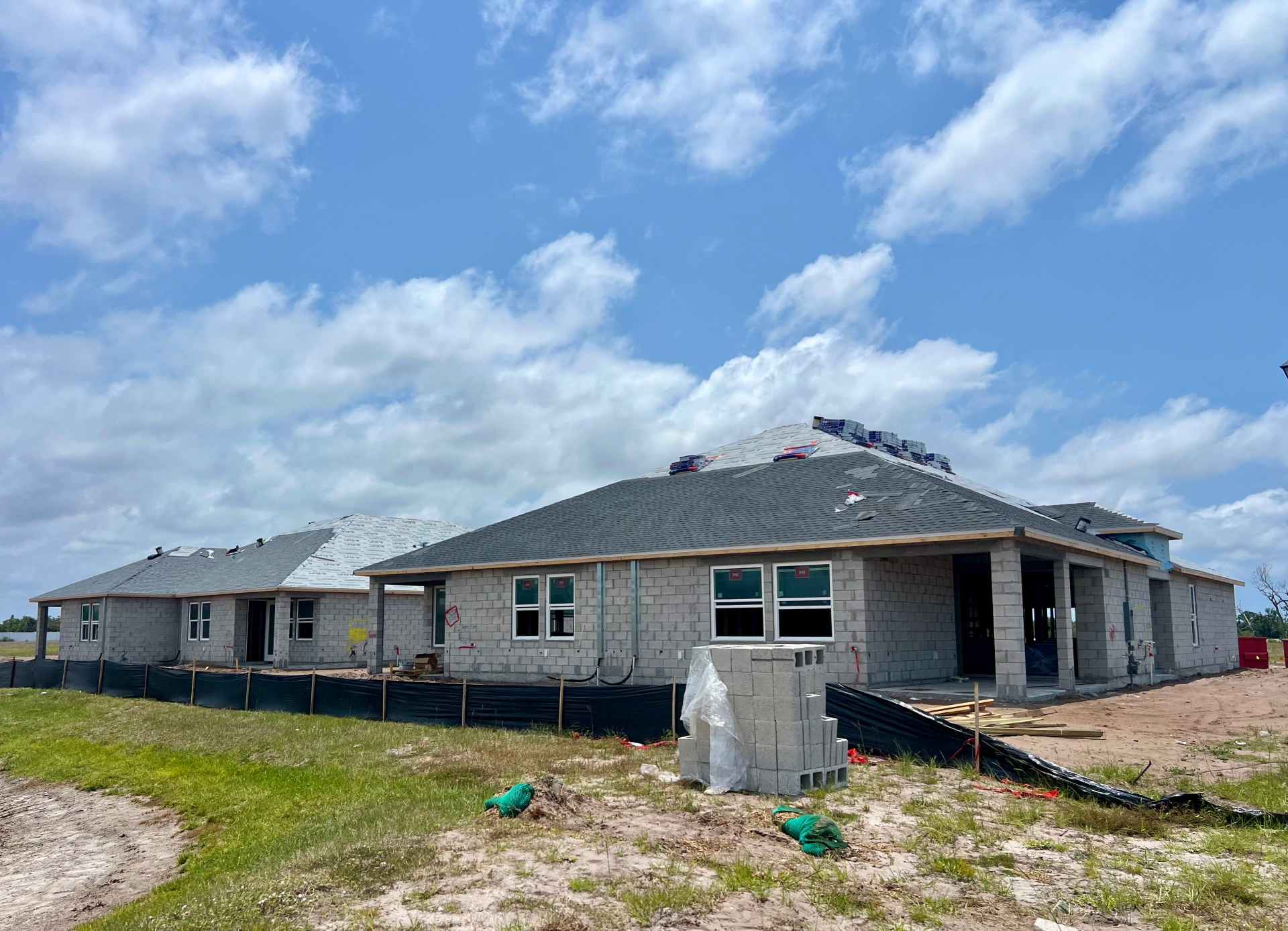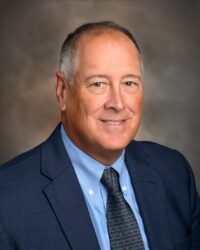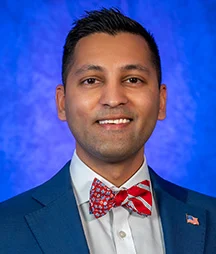
Crews begin construction on homes at the Gracewater Community Development District in Sarasota. More CDDs are popping up across the Suncoast, bringing thousands of homes to the area. | Photo by Josh Salman, Suncoast Searchlight
Florida officials warn: Buyer beware as developer districts spread across the Suncoast
As more new special development districts break ground across the Suncoast, area officials warn they could mean higher tax bills and traffic congestion for those buying into these communities.
From state lawmakers to county commissioners and national reform leaders, stakeholders reacting to a recent Suncoast Searchlight investigation into the potential dangers of these independent government districts called the reporting revealing.
Most cited “buyer beware” and said they themselves would never choose to live in these districts, pointing to the investigation’s findings of escalating fees and a lack of say over who serves on the governing boards. Officials echoed the sentiment that many homeowners in these communities don’t understand what they’re getting into and are then left with few options to fight back when decisions turn contentious.
But they stopped short of promising any major overhauls to slow the pace of new development districts coming to the region.
More from Suncoast Searchlight: Sign up for the weekly newsletter

Sarasota County Commissioner Tom Knight | Photo courtesy of Sarasota County
“I didn’t realize the size and scope of how much community development districts have become prevalent in Florida, especially on the West Coast, right here in my own county,” Sarasota County Commissioner Tom Knight said. “Is there a concern for me? Sure. If we have communities that may not be able to sustain themselves and may be sitting empty, that’s always a concern.”
A recent Suncoast Searchlight investigation found that despite a series of defaults during the Great Recession, more of these development districts are popping up across the Suncoast than ever before.
The developers behind these new governments often float multimillion-dollar public bonds to finance infrastructure, then dictate terms on how future residents will pay it back – while saving costs to the developer’s bottom-line.
During the past five years alone, local districts bonded out $2.9 billion in public bond money to fund neighborhood improvements from Parrish south to North Port. But unlike a traditional local municipality, residents of these districts go years with no say over who represents them.
More than 90% of the districts established within the past decade remain under the control of a real estate developer rather than those who live there, according to the investigation.
“I think when they were created the intent was pure, but everything gets exploited,” Knight said. “Now, they’re like a runaway option for developers.”
Read the full report: Developers gained government status, then got bonds to build big
Following publication, Suncoast Searchlight’s Power and Profit investigation circulated through neighborhood Facebook groups in areas like Parrish, where homeowners were surprised to learn of the proliferation, cited frustrations with their own development districts and questioned how they can fight back.
Patrick Johansen, founder of the volunteer-based HOA Reform Leaders National Group, said the story further underscores the need for more controls to rein the bond spending and decision-making powers of special development districts in Florida.
He added that residents should be “extremely” concerned about the rise of these districts.
“This is a very easy system to abuse,” Johansen said. “These districts can very quickly become little dictatorships. The developers never let go.”
These special districts, including the more commonly known community development districts, operate like homeowners associations on steroids. Each must be established through a local city or county ordinance or a specific state law designating their authority.
Johansen’s group has put together proposed legislation that would restore certain powers to homeowners in these communities, but state lawmakers remain resistant to pursue any changes.
Johansen said that’s because the powerful lobbyists who represent real estate developers, third-party district property managers and CDD attorneys continue to push back. The only option now for homeowner recourse, he said, is costly legal battles.
Florida Sen. Joe Gruters, R-Sarasota, conceded that he would never want to live in one of these districts himself. But he also does not believe the state legislature or local government bodies have approved too many new districts in recent years, pointing to the apparent demand from buyers willing to pay extra for nicer neighborhoods.
More than one-third of the active development districts across the Suncoast were formed within the past five years, state records show.

Florida Sen. Joe Gruters, R-Sarasota | Photo courtesy of the Florida Senate
“Special districts have their purpose,” Gruters said. “The question is do buyers want to live there or not. You have to be careful, and go in with your eyes wide open.”
He said the rising fees and bond spending at these special districts cut against the low taxes he strives for at the state level, and insisted that once these boards transition away from developers, homeowners who want to keep community spending down should elect fiscal conservatives.
“The problem when you join one of these groups (or buy into the community), is that it’s like a local government,” Gruters said. “You have to be comfortable with what they decide. You have to question what you’re walking into.”
State Rep. Danny Nix Jr., R-Port Charlotte, sponsored legislation this year that would alter when residents can get control of the board on the West Villages Stewardship District, spurring pushback from many homeowners who live there. Nix did not return calls to his district and capitol offices seeking comment for this story.
A $2.8 billion water fight: How a century-long irrigation deal pit homeowners against their special improvement district
We must “get this done and stop the opportunities where they have to go through litigation,” Nix previously told a legislative committee referring to the homeowners’ legal fight against the developer. “That’s never good for the community. We want them to have an opportunity to heal.”

Manatee County Commissioner Tal Siddique | Photo courtesy of Manatee County
CDDs and other developer districts in Florida date back to the early 1980s, when counties were more financially-constrained and couldn’t afford the infrastructure themselves.
Manatee County Commissioner Tal Siddique said these districts can still be “an effective tool” for isolating infrastructure spending to just the neighborhoods benefiting, so a homeowner in Bradenton is not subsidizing a road behind a gated subdivision in Palmetto.
But he agrees the districts have allowed new residential development to proliferate, especially in areas like Parrish where infrastructure has historically lagged behind. And he worries about the strain on countywide roads and stormwater systems.
“It essentially deflects the cost of infrastructure,” Siddique said. Previous County Commissions “did not want to fund a lot of this infrastructure out there … they just deflected to CDDs. But it’s not paying for the collector roads or other county roads it affects. It’s only paying for roads nobody outside these gated communities will use.”
Josh Salman is a deputy editor/senior investigative reporter and Derek Gilliam is an investigative/watchdog reporter for Suncoast Searchlight, a nonprofit newsroom of the Community News Collaborative serving Sarasota, Manatee, and DeSoto counties. Learn more at suncoastsearchlight.org.


